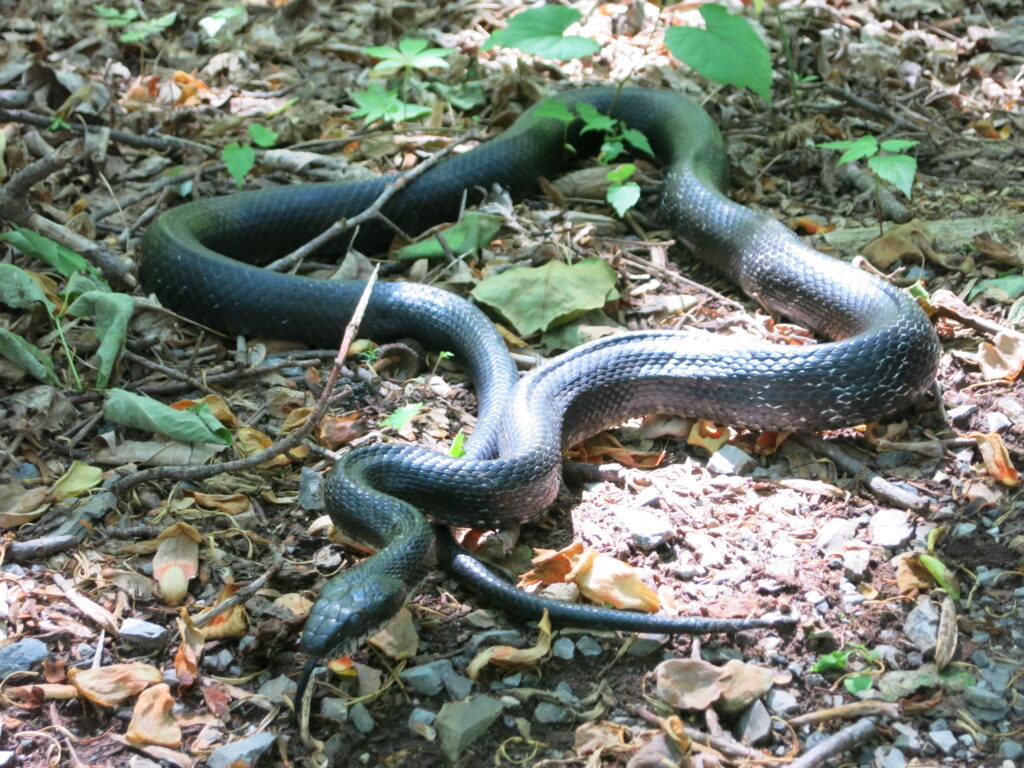Most snakes aren’t harmful to people, but it’s still very unnerving to have these reptiles in your basement. If you want to keep them away, just follow some of these steps.
1. Use Repellents
There are chemical snake repellents that cause the animals severe discomfort and force them to leave. You can use this around your home or inside your basement to ward off the reptiles.
Unfortunately, this method is not very effective. You need to consistently reapply the repellent, which isn’t feasible in the long-run. These repellents can also harm pets, children, and the environment.
2. Seal Entry Points
If you want to keep snakes out of your basement, you should seal up the entries into your home.
You can start by finding and sealing any cracks in the basement. These naturally form over time, and they give snakes access to the cool, dark basement.
You should also cover the small gaps under your doors. Either use some door sweeps or add weather stripping to prevent snakes from getting in. You should also close-off pet doors at night, to stop snakes from using them to get inside.
3. Remove Hiding Spots
Snakes are cautious animals, and they like to stay hidden when moving. That’s why they seek cover when making their way into your home.
You can prevent snakes from entering by unnerving them. You simply have to remove their hiding spots. Just try some of these methods:
- Cut your grass. Snakes rely on tall grass to move through your yard unseen. Once you cut the grass, you leave them exposed. This makes it easier for you to see when snakes are on your property, and it leaves the reptiles vulnerable to their prey — making them more reluctant to enter your home.
- Remove debris. Piles of leaves, stones, or wood in your yard provide an excellent hiding spot. Snakes can comfortably fit inside these piles and wait for a good opportunity to move indoors. By removing these piles, the snakes will have to move across longer areas and will leave themselves more vulnerable, so they will be less likely to enter your home.
- Block bodies of water. Snakes like to gather in bodies of water, so you should block or drain them to stop these reptiles.
4. Remove Food Sources
Like all wild animals, snakes enter your home in search of food. If you want to prevent them, you simply have to remove their food source.
- Remove nuisance wildlife. If snakes are attracted to your home, then there’s a good chance that there are pests already inside. These might be rats, mice, frogs, snails, or grasshoppers. You should call a professional to remove these animals and prevent snakes from entering your home.
- Keep pet food hidden. If you feed your pet outdoors, then their food’s scent will attract wild animals. This could either be snakes, or it could be rodents who indirectly attract those reptiles. That’s why you should keep pet food indoors and regularly clean up after feeding your pets.
5. Call A Professional
Snake prevention is not an easy task. It is time-consuming and it can be expensive. That is why you should call a professional to handle the problem for you.
Not only can experts remove snakes that are already in your basement, but they also have knowledge that will prevent these reptiles from entering your home. So make the most of your time and call a professional to solve your snake problem today.


